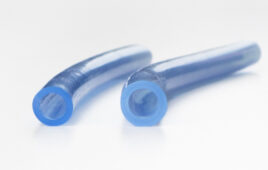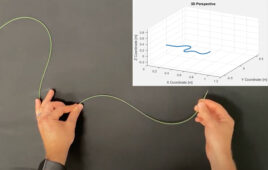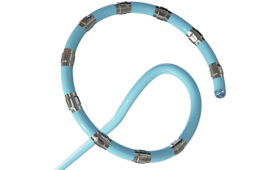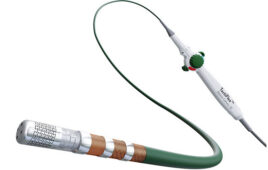 Medical catheters are tubes used in healthcare to deliver medications, fluids, or gases to patients, or to drain bodily fluids such as urine. Examples include vascular access devices or intravenous catheters, urinary catheters, and chest drainage tubes.
Medical catheters are tubes used in healthcare to deliver medications, fluids, or gases to patients, or to drain bodily fluids such as urine. Examples include vascular access devices or intravenous catheters, urinary catheters, and chest drainage tubes.
Catheters are generally inserted into a body cavity, duct, or blood vessel. They may be thin, flexible tubes called soft catheters or thicker and more inflexible catheters called hard catheters. A catheter that may be left in the body, whether temporarily or permanently, is referred to as an indwelling catheter.
 A Balloon catheters incorporates a small balloon that may be introduced into a canal, duct, or blood vessel and then inflated to clear an obstruction or dilate a narrowed region to drain body fluids. Drug-coated catheters, a more recent innovation, are designed to deliver anti-restenosis compounds like those used in drug-eluting stents.
A Balloon catheters incorporates a small balloon that may be introduced into a canal, duct, or blood vessel and then inflated to clear an obstruction or dilate a narrowed region to drain body fluids. Drug-coated catheters, a more recent innovation, are designed to deliver anti-restenosis compounds like those used in drug-eluting stents.
guidewire is a wire or spring that provides extra strength and stability during catheter placement and exchange during contralateral access (the opposite side of the body on which a particular condition exists) and in carotid procedures involving the two main arteries that carry blood to the head and neck. A guidewire also aids in catheter delivery.




